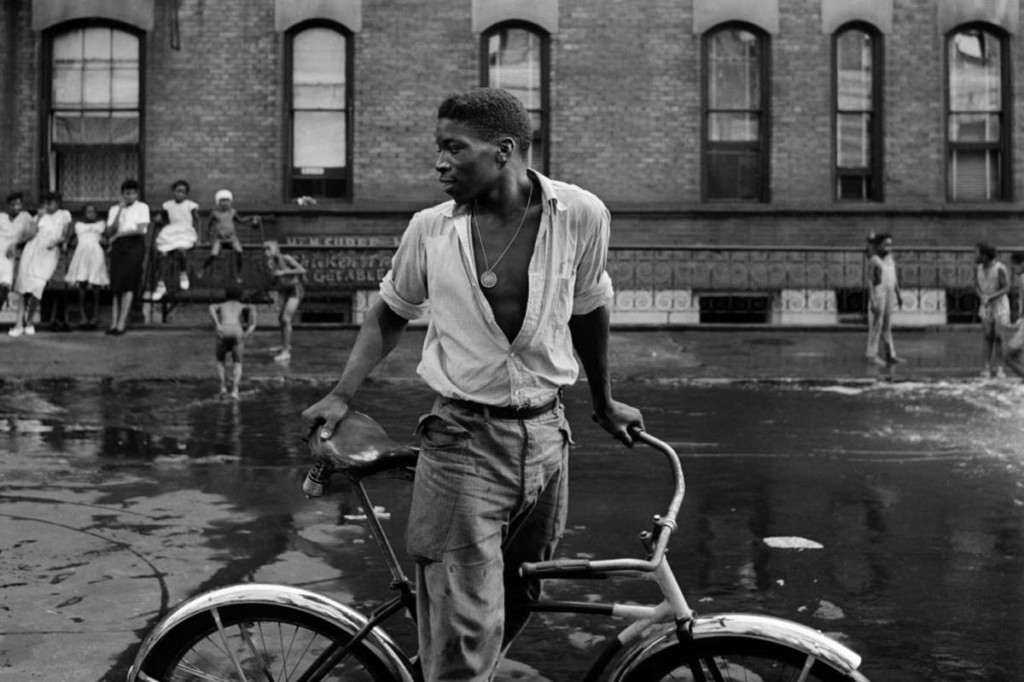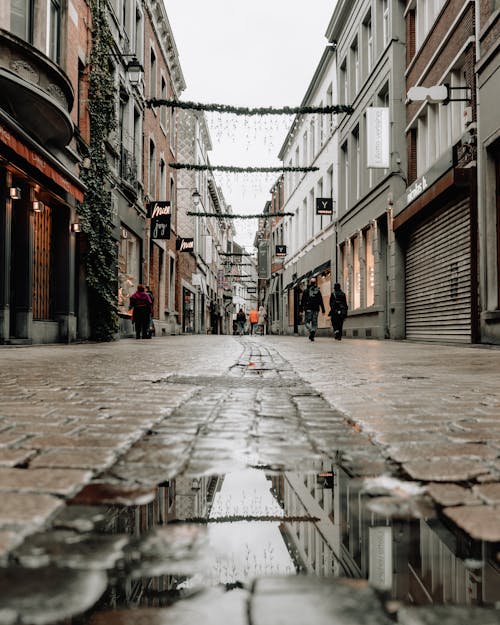The 3-Minute Rule for Framing Streets
Not known Factual Statements About Framing Streets
Table of ContentsWhat Does Framing Streets Mean?Get This Report on Framing StreetsFraming Streets Things To Know Before You Get ThisThe Greatest Guide To Framing StreetsThe Best Guide To Framing StreetsThe Only Guide to Framing Streets
, normally with the aim of catching images at a definitive or emotional moment by mindful framing and timing. https://www.twitch.tv/framingstreets1/about.
Everything about Framing Streets
Susan Sontag, 1977 Road digital photography can concentrate on people and their habits in public. In this regard, the street professional photographer resembles social docudrama professional photographers or photographers that also operate in public locations, however with the objective of recording relevant occasions. Any of these photographers' images may catch people and residential or commercial property visible within or from public places, which frequently involves navigating honest problems and legislations of personal privacy, safety and security, and residential property.
Representations of daily public life develop a style in nearly every period of globe art, beginning in the pre-historic, Sumerian, Egyptian and early Buddhist art durations. Art handling the life of the street, whether within sights of cityscapes, or as the dominant concept, appears in the West in the canon of the North Renaissance, Baroque, Rococo, of Romanticism, Realism, Impressionism and Post-Impressionism.
About Framing Streets
Louis Daguerre: "Blvd du Temple" (1838 or 1839) In 1838 or 1839 the very first picture of figures in the road was tape-recorded by Louis-Jacques-Mand Daguerre in among a set of daguerreotype views drawn from his workshop home window of the Boulevard du Temple in Paris. The 2nd, made at the elevation of the day, shows an uninhabited stretch of road, while the other was taken at regarding 8:00 am, and as Beaumont Newhall records, "The Boulevard, so regularly filled with a moving crowd of pedestrians and carriages was flawlessly solitary, except a person that was having his boots combed.
, that was influenced to carry out a similar documents of New York City. As the city created, Atget assisted to promote Parisian roads as a deserving subject for digital photography.

The Buzz on Framing Streets
Between 1946 and 1957 Le Groupe des XV each year exhibited work of this kind. Andre Kertesz. Circus, Budapest, 19 May 1920 Street digital photography developed the significant material of two exhibits at the Museum of Modern Art (Mo, MA) in New York curated by Edward Steichen, 5 French Professional Photographers: Brassai; Cartier-Bresson, Doisneau, Ronis, Izis in 1951 to 1952, and Post-war European Digital Photography in 1953, which exported the idea of road digital photography worldwide.

The 7-Minute Rule for Framing Streets
, after that an educator of young children, connected with Evans in 193839.'s 1958 publication,, was considerable; raw and typically out of focus, Frank's photos examined conventional digital photography of the time, "tested all the official regulations laid down by Henri Cartier-Bresson and Walker Evans" and "flew in the face of the wholesome pictorialism and look at this web-site wholehearted photojournalism of American publications like LIFE and Time".